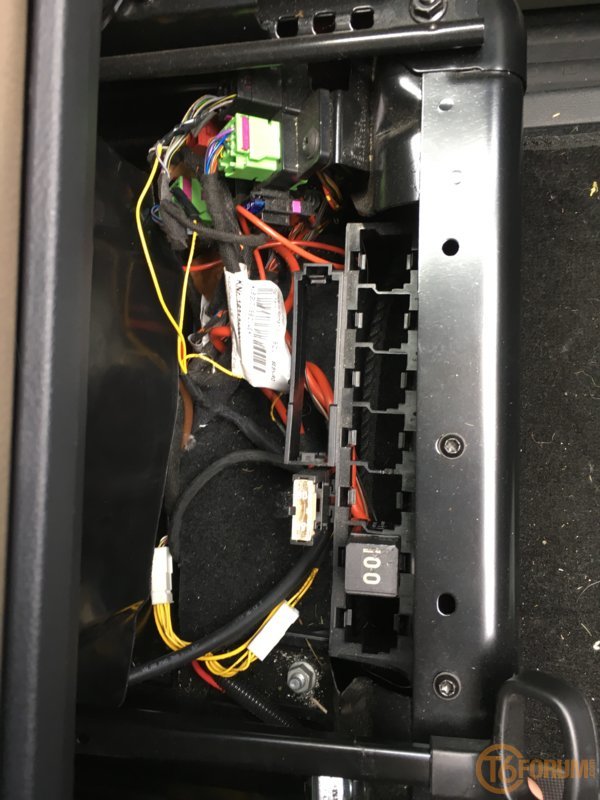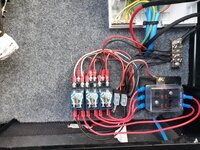Hi,
I have a T6 with a factory-fitted leisure battery under the passenger seat. Does anyone know if, in this configuration, there is a permanent 12v from the starter battery available under the passenger seat? I know there commonly is, but I'm not sure if the fact I have a factory leisure battery means that the cable that would have been a permanent 12v starter feed is now being used for the split charge output instead?
I've attached a picture in case that helps.
Thanks for any help,
Tom
I have a T6 with a factory-fitted leisure battery under the passenger seat. Does anyone know if, in this configuration, there is a permanent 12v from the starter battery available under the passenger seat? I know there commonly is, but I'm not sure if the fact I have a factory leisure battery means that the cable that would have been a permanent 12v starter feed is now being used for the split charge output instead?
I've attached a picture in case that helps.
Thanks for any help,
Tom


